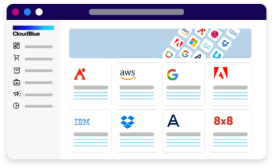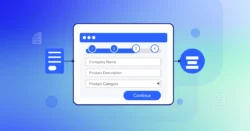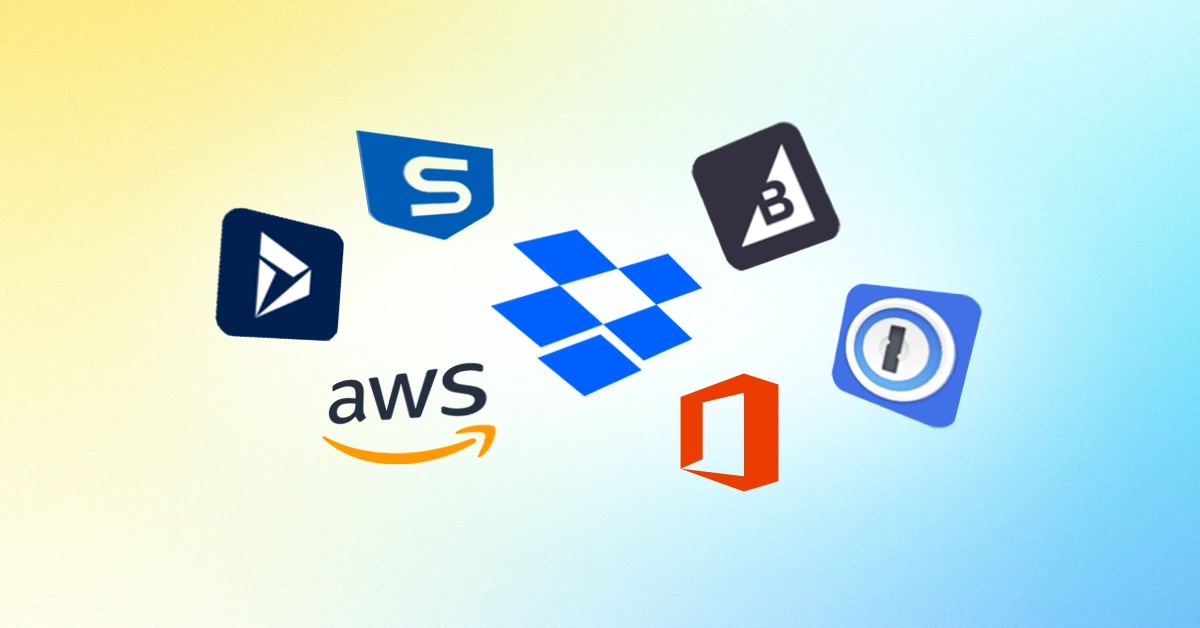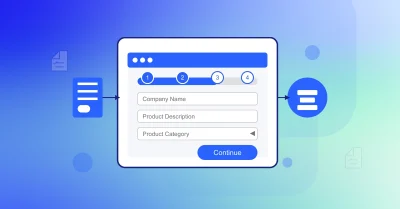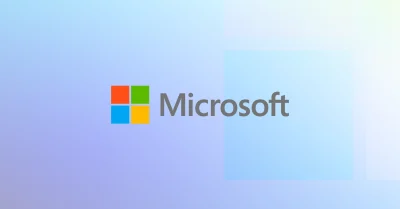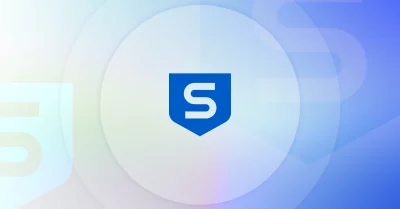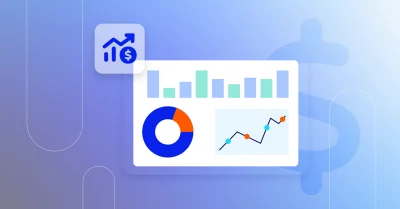Understanding Software Bundling
Software bundling is a strategy where multiple software products or services are packaged together and offered as a single solution, typically at a discounted rate. For IT providers, this approach can open up fresh opportunities to diversify their offerings and meet customer needs more effectively.
Whether it’s combining complementary tools like antivirus software with a backup solution or packaging popular SaaS products together, bundling creates value both for the provider and the customer.
The idea behind software bundling is simple: offer a one-stop-shop solution that saves customers time, effort, and often money. Instead of seeking out individual products from various vendors, customers can choose a prepackaged bundle that meets all their specific needs. For IT providers, this means not only simplifying the sales process but also increasing the perceived value of their offerings.
Customers benefit from the convenience and cost savings, while IT providers get the chance to differentiate themselves in a competitive market. By bundling services, they can target various segments—whether it’s small businesses looking for an affordable set of tools, or large enterprises seeking more comprehensive solutions. It’s a win-win situation that can strengthen relationships and unlock long-term revenue opportunities.
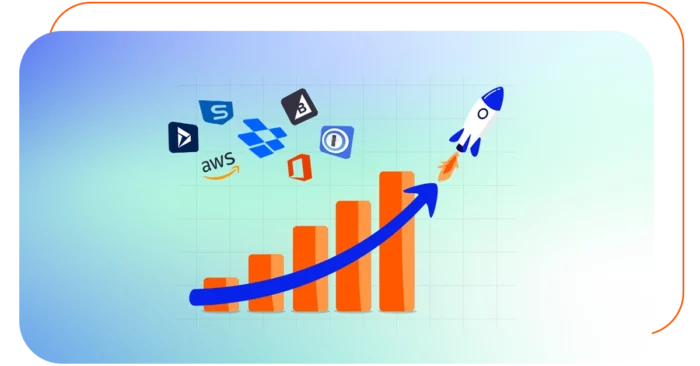
Benefits of Subscription Bundles
Subscription bundling offers IT providers a wide range of advantages that not only enhance their offerings but also strengthen relationships with customers and partners. Let’s dive deeper into the specific benefits of bundling, including how it opens new revenue opportunities, boosts customer loyalty, enhances product differentiation, solidifies vendor relationships, and speeds up time to market.
Revenue Opportunities
One of the biggest perks of subscription bundling is the potential to unlock new revenue streams. By offering a combination of products and services in one package, IT providers can generate consistent, recurring revenue. Instead of relying on one-time purchases, the subscription model creates ongoing income, helping to stabilize cash flow and provide predictability.
Moreover, bundling makes it easier to upsell and cross-sell. For example, a basic cybersecurity bundle could be expanded with premium support or advanced analytics for an additional fee. By catering to various price points and needs, IT providers can attract both budget-conscious clients and those looking for high-end, tailored solutions.
Customer Loyalty / Reduced Churn
Bundled solutions make life easier for customers, and that ease of use translates directly into increased loyalty. When customers can get everything they need from a single provider, they’re far less likely to look elsewhere. The more services integrated into the bundle, the harder it is for customers to switch to another provider, significantly reducing churn rates.
Bundling also improves the overall customer experience by reducing the headaches associated with managing multiple vendors or subscriptions. With everything in one place, customers enjoy a seamless solution that is both convenient and efficient, further deepening their loyalty and satisfaction.
Product Differentiation
In a crowded marketplace, it’s critical to stand out. Subscription bundling allows IT providers to differentiate themselves by offering unique packages that competitors may not have. Bundles tailored to specific industries or business needs give providers the ability to showcase their understanding of niche customer challenges, positioning them as more than just a generic software seller.
This differentiation helps IT providers move beyond price wars. By packaging their offerings creatively—whether it’s by adding exclusive services, support, or custom integrations—they create value that can’t be easily replicated, giving them a competitive edge.
Vendor Relationships
IT providers don’t operate in a vacuum; they often rely on vendor relationships to offer top-tier solutions. Bundling helps strengthen these relationships. By combining products from various vendors into one cohesive offering, providers can demonstrate the value of their partnerships. This collaboration often leads to better pricing or support terms from vendors, which can then be passed on to customers.
Additionally, bundling with vendor products can open doors to co-marketing opportunities. Vendors are often more willing to support a provider’s marketing efforts when their products are featured in a bundled offering. This can lead to a win-win situation where both the provider and the vendor benefit from increased visibility and sales.
Time to Market
Bundling also allows IT providers to shorten their time to market. Instead of developing new products from scratch, providers can create bundled solutions from existing products, adding value without the lengthy development process. This is particularly important in industries where technology and customer needs evolve rapidly.
By assembling pre-existing tools and services into a cohesive bundle, IT providers can meet customer demands more quickly. Plus, they can pivot or adjust these bundles with ease, allowing for rapid response to market trends or customer feedback. This agility gives them a clear advantage in an environment where speed is critical.
Common Solution Bundles for IT Providers
Bundling software solutions is a strategic way for IT providers to create value-added packages that meet the diverse needs of businesses. By combining complementary software tools, IT providers not only simplify software management for their clients but also offer robust, integrated solutions that improve efficiency, security, and collaboration. Here are some of the most commonly bundled solutions and why they are often included in IT service packages:
Office Software
Office software plays a key role in the daily operations of any business, providing essential tools for tasks like creating documents, managing communications, and organizing data. It’s a staple in most workplaces because nearly every company depends on these tools for basic productivity.
IT providers often bundle office software with other solutions to give clients the foundation they need to operate efficiently. When packaged with complementary services, it not only boosts workflow efficiency but also enhances the overall value of the client’s software ecosystem, making it a smart, all-in-one solution.
Security Software
Security is a critical concern for businesses of all sizes, which is why security software is often bundled with other solutions. Whether a company is protecting sensitive customer data or securing its own systems, security software defends against threats like malware, phishing, and unauthorized access.
IT providers bundle security tools to offer clients reassurance that their digital infrastructure is protected. It’s especially valuable when paired with cloud services or collaboration tools, where data is frequently shared and accessed, providing an extra layer of security and peace of mind.
Cloud Services
Cloud services provide the flexibility and scalability that modern businesses need. This software is often bundled because it allows clients to store and access their data from anywhere while offering easy scalability as business needs grow. IT providers include cloud services in their bundles to help businesses streamline data management and ensure they have the agility to scale operations without investing in expensive hardware.
Cloud services are a natural fit alongside other tools like office software or project management systems, as they enable businesses to operate more fluidly across teams and locations.
Collaboration Software
Collaboration tools are a must-have for businesses with remote or hybrid workforces, making them a frequent component of software bundles. They facilitate communication and teamwork, allowing teams to share documents, hold meetings, and track project progress in real time.
IT providers include collaboration software in bundles to enhance productivity, ensuring that teams remain connected no matter where they are located. This software works especially well when combined with cloud services, as it allows for seamless data sharing across platforms.
CRM (Customer Relationship Management)
CRM software is crucial for businesses that rely on managing customer relationships and tracking sales data. It’s commonly bundled by IT providers because it helps businesses streamline their customer interactions and gain insights into customer behavior.
CRM tools can drive sales and improve customer retention, making them an attractive option in any software bundle. When paired with other tools like e-commerce platforms or security solutions, it provides businesses with a comprehensive suite for managing both customer-facing and backend operations.
E-Commerce Software
For businesses that sell products or services online, e-commerce software is a staple. IT providers bundle e-commerce platforms to offer businesses a way to manage their online storefronts, track sales, and handle transactions efficiently.
Including e-commerce software in a bundle makes it easier for businesses to launch or scale their online operations, especially when paired with CRM systems for tracking customer interactions or security tools to protect financial data.
Project Management Software
Project management tools help businesses stay organized, meet deadlines, and allocate resources effectively. They’re frequently included in bundled packages, particularly for businesses that handle complex or ongoing projects.
IT providers bundle project management software to help clients improve their operational efficiency, enabling better tracking of tasks, milestones, and team collaboration. When combined with cloud services, these tools offer even greater flexibility, as teams can access project data and collaborate from anywhere, ensuring that projects move forward seamlessly.
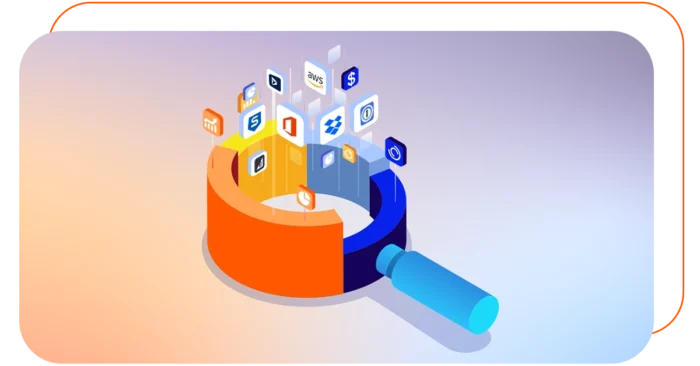
Amplify In-House Solutions and IP
For companies that specialize in offering a single service or solution, bundling their product with complementary SaaS offerings can be a game-changer. This approach amplifies the value of their core software while bringing more visibility to both their product and brand.
By bundling, businesses enhance the overall value proposition of their solution. Imagine a company with a robust security tool—pairing it with cloud services or collaboration software instantly transforms it into a more comprehensive package that addresses a broader range of customer needs. This not only makes the offering more appealing to potential clients but also positions the provider as a versatile solution in the market.
Bundling also helps clients better understand the true power of the original software. When customers see how well the core product integrates with other tools, creating a seamless experience, they start to recognize its full potential. This realization often leads to increased adoption rates, as clients are more inclined to choose a bundled package that solves multiple challenges in one go.
It also boosts the company’s brand by showcasing that they’re forward-thinking and dedicated to providing more than just a standalone solution. Offering a bundled product shows customers that the company is in tune with their broader needs and is committed to delivering complete solutions. This proactive approach fosters trust, making customers more likely to stick around for the long term.
Catalog Utilization and Management
When it comes to software bundling, a well-organized catalog is essential for IT providers aiming to create effective subscription bundles that meet a wide range of client needs. A comprehensive catalog acts as a searchable repository of available software solutions and vendors, making it easy for companies to identify complementary offerings that enhance their core services. This streamlined approach simplifies the bundling process and ensures providers can offer custom bundles that deliver real value.
A centralized catalog gives IT providers an easy way to explore various software options and features, helping them make informed decisions when crafting bundles. With a clear understanding of what’s available, they can strategically pair their in-house services with other solutions, creating packages that appeal to their target audience. The organization this system provides cuts down on time spent searching for compatible products, allowing companies to focus on what they do best—serving their customers.
Managing bundles effectively also requires a catalog management system. This system helps track created bundles, manage pricing, and monitor inventory, ensuring consistency and accuracy across all offerings. It allows for easy updates and adjustments based on market trends or client feedback, making the bundling process more efficient.
Beyond organization, a strong catalog management system offers insights into customer preferences and buying behavior. These analytics can be a game-changer in refining future bundles and adjusting pricing strategies to meet evolving needs. IT providers can use this data to identify which bundles are performing well and where improvements can be made, ultimately boosting customer satisfaction and driving growth.
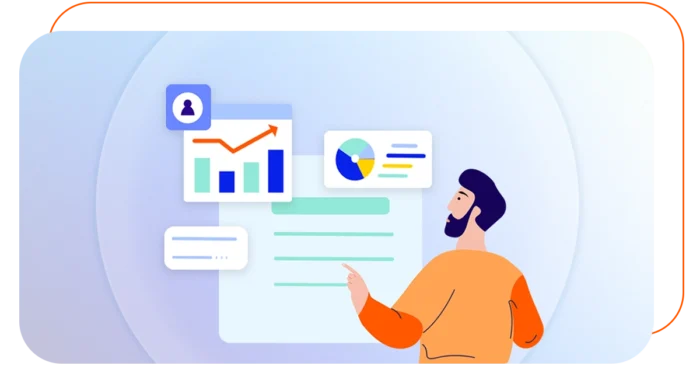
Best Practices for Effective Software Bundling
To maximize the potential of software bundling, IT providers can implement several best practices that lead to successful outcomes. Here are three key strategies to consider:
Understand Customer Needs
Before creating bundles, take the time to gather insights into your customers’ preferences and pain points. Conduct surveys, engage in conversations, and analyze feedback to understand which software combinations resonate most with your audience. Tailoring bundles based on customer insights not only enhances their relevance but also increases the likelihood of adoption. When clients see that their specific needs are being addressed, they’re more inclined to invest in your bundled offerings.
Focus on Compatibility and Integration
Ensure that the software included in your subscription bundles work well together. Compatibility and seamless integration are crucial for a smooth user experience. When clients can easily navigate and utilize the bundled solutions without technical hiccups, it fosters trust in your offerings. Prioritize solutions that complement each other and enhance the overall functionality of the bundle. This will not only delight customers but also reduce the likelihood of support issues down the line.
Regularly Review and Update IT Bundles
The technology landscape is always evolving, and so are customer needs. Regularly assess your bundles to ensure they remain relevant and valuable. Monitor market trends, gather customer feedback, and analyze usage data to identify areas for improvement. Updating your bundles to incorporate new features or retire underperforming solutions demonstrates a commitment to providing the best possible experience for your clients. This proactive approach can lead to increased satisfaction and long-term loyalty.
Craft Unique IT Bundles

Measuring the Success of Bundled Services
Measuring the success of bundled services is essential for IT providers looking to refine their offerings and maximize value for their customers. By tracking key performance indicators (KPIs), businesses can gain valuable insights into how well their bundles perform and make informed adjustments as needed.
Start by analyzing sales data to determine the overall performance of your bundles. Look for metrics such as total revenue generated from bundled offerings, the percentage of sales attributed to bundles versus standalone products, and the average deal size. Understanding which bundles drive the most sales can help inform future bundling strategies and highlight areas for improvement.
Monitoring customer adoption rates is another critical component. Assess how many clients choose service bundles compared to individual products. A high adoption rate suggests that your bundles are appealing and effectively meet customer needs. Conversely, if adoption rates are lower than expected, it may indicate a misalignment between your bundles and client preferences or that the value proposition needs to be better communicated.
Gathering customer feedback is crucial for understanding their experiences with your bundled services. Utilize surveys, interviews, and support interactions to gauge satisfaction levels and identify any pain points. Positive feedback can reinforce the success of your bundles, while constructive criticism can guide necessary adjustments to enhance the customer experience.
It’s also essential to examine churn and retention rates. An effective bundle can lead to increased customer loyalty and reduced churn. By tracking the retention rates of clients who purchase bundles versus those who do not, you can assess the long-term value of your offerings. High retention among bundle customers signals a successful approach to providing added value.
Finally, staying informed about market trends and conducting competitive analysis can help you benchmark your bundles against others in the industry. Understanding how your offerings stack up can provide insights into areas where you may need to enhance your products or differentiate your bundles to remain competitive.

